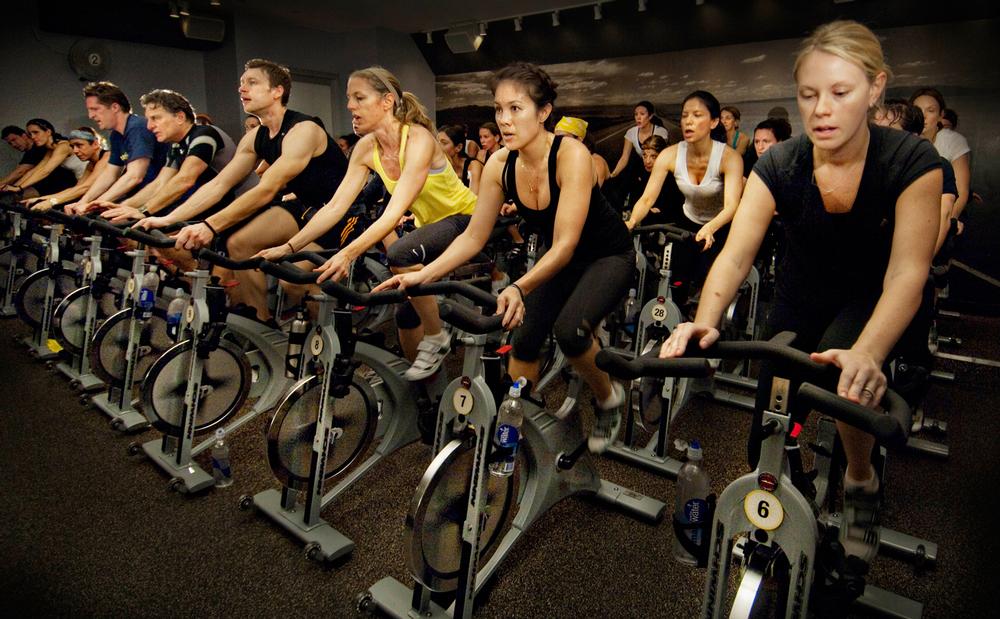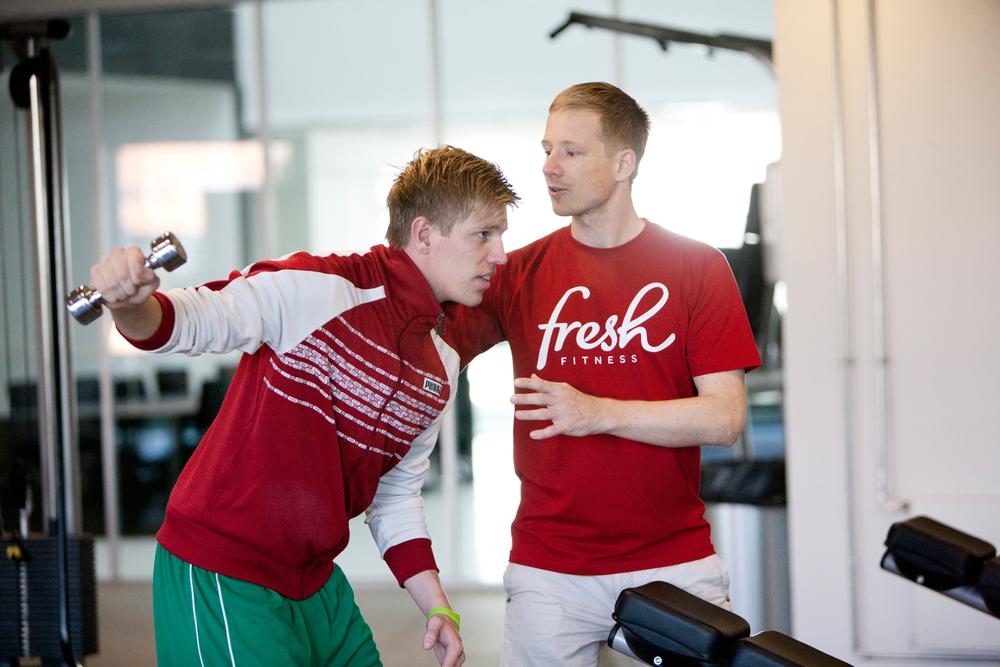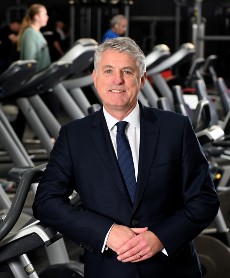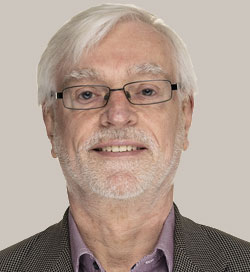features
Global perspective
What will be the forces shaping the health club industry around the world in 2014? IHRSA’s expert panel offers its thoughts
Ours is a US$75bn industry. Every day, 150,000 facilities worldwide help over 132 million health club members improve their health. What will these and other industry numbers look like in 2014 and beyond?
North America
The US economy is on the rebound, according to Dr Sherry S Cooper, executive vice president and chief economist of economic research for BMO Financial Group in Canada: “Retail sales are accelerating as household net worth is rising relative to income. Consumer confidence is up, which will be good for the health club industry as the financial crisis and ensuing rise in unemployment crushed discretionary spending.”
In fact, the green shoots of growth have already been seen in the fitness industry. The IHRSA Index – which demonstrates the financial performance of the commercial health club industry in the US – has shown improved year-on-year performance for three consecutive years.
But optimism is still cautious. “While signs of recovery and strengthening are appearing, the industry still maintains a conservative approach along all business operations: staff levels are lean, facility reinvestments have been cut back, debt is being paid down, and facilities are trying to manage their cash flow by revising leases and mortgages and seeking new terms with creditors,” says Melissa Rodriguez, IHRSA’s senior research manager.
The US health club industry is ripe for consolidation, adds Rick Caro, president of Management Vision, an industry consultancy based in New York City: “The theme for over 16 years from the financial community is that the health club industry is one of the most fragmented they have ever studied.”
“As more and more customers gravitate toward the higher and lower ends of the market, mid-market players will come under continued pressure,” says industry consultant Bryan O’Rourke, co-founder and CEO of Integerus. “At the high end, spa and resort facilities are flourishing, along with experiential niche models such as cycling and mind-body studios. At the budget end, operations with business models like that of Planet Fitness are expanding. Many clubs in the middle are trying to be everything to everyone, but they’re at the greatest risk.”
Latin America
Latin America is home to a vibrant and diverse fitness industry. According to The IHRSA Latin American Report, an estimated US$5.5bn is generated in annual revenues from more than 46,000 health clubs in 15 Latin American markets, led by Brazil. “Here, as abroad, we’re moving toward segmentation, with gyms operating at three different price levels: high, medium and low,” explains IHRSA board member Richard Bilton, president of Brazil’s Companhia Athletica.
“Going forward, our greatest challenge is to protect profit margins and search for scale economies to counter the high taxation burden,” adds Luis Urquiza, CEO of Brazil’s Bodytech, which operates 45 facilities in the country. “Many opportunities lie ahead, such as the economic growth of the country, low unemployment rates, the opening of new shopping malls, media support, and the upcoming Olympic Games and World Cup.”
Nicolás Loaiza, president of Bodytech Colombia (not affiliated with Bodytech Brazil), says: “We await the consolidation of our operations in Colombia, Peru and Chile. We believe that 2014 could be the year for going public and listing on the stock market.”
John Kersh, vice president of international development for Anytime Fitness, concludes: “The global fitness industry does not yet fully understand that the Latin American market is fit for growth and expansion. I’m confident that what lies ahead for Latin America is positive.”
Europe
The European health club industry attracts 44 million members to more than 48,000 clubs, with combined annual revenues of nearly €25bn.
Although the market in Europe is still fragmented, the largest club companies have increased their share of the market in recent years, expanding within and beyond the borders of Europe. Several club leaders have attracted private equity investment during a time in which banks were reluctant to lend to corporations and businesses.
Hans Muench, IHRSA’s director of Europe, predicts that consumer penetration rates will rise in the near future, especially in Eastern Europe, where less than 5 per cent of the population currently uses health clubs. However, he believes hundreds of European facilities will be forced to close or change hands as a result of ongoing economic difficulties, high unemployment rates and excessive taxation on health club services.
Danish entrepreneur and IHRSA board member Rasmus Ingerslev, CEO of low-cost chain Fresh Fitness, sees the industry evolving quickly and competition intensifying. “As a result, there will likely be even more segmentation, which will create clear value propositions in the niche, low-cost, mid- and high-end markets,” he predicts. “On the positive side, I believe this will help attract more members, growing the overall market. My concern is that we’ll see bubbles in segments that grow too fast, specifically the low-cost sector, and collapses in the mid-market.”
Asia-Pacific
This vast region currently serves 17 million members at more than 21,000 health clubs, generating total revenues of US$13.6bn.
“There’s still a wide variety of business models being promoted in the Asia-Pacific region, some of which will not have much longevity due either to unsupportable business practices – lifetime memberships, cash flows built on joining fees rather than monthly memberships and so on – or lack of professional management,” says John Holsinger, director of IHRSA Asia-Pacific.
In 2014, health and fitness clubs in the region must face several challenges head-on, including resolving the detrimental practices mentioned above; adapting to the emergence and increasing popularity of express / 24-hour clubs, which are changing the industry landscape and challenging the mid-market; and finding ways of reaching the 97 per cent of Asians who are not currently members of health clubs.
IHRSA’s Rodriguez anticipates rapid growth in the coming years in Asia, particularly in India and China, two of the world’s largest economies. “Anytime Fitness and Snap Fitness have each expanded their franchise network overseas to encompass India,” she says. “As the second-largest global economic power, the Chinese market is also ripe for development.” Companies such as Vivafit and Virgin Active continue to show confidence in the region through their growth plans.
Opportunities abound
Collectively, the global health club industry can anticipate growth in 2014 and beyond. Although challenges may prevail in Europe, the future looks bright in the Americas. Opportunities for growth also remain in the Asia-Pacific region. Our industry is certainly not immune from economic headwinds, but it has proven to be impressively resilient.
For Further information
Kristen Walsh is IHRSA’s associate publisher: [email protected]
IHRSA’s full range of reports – including The IHRSA Global Report, The IHRSA European Health Club Report and The IHRSA Latin American Report – are available for purchase at
www.ihrsa.org/research-reports












































